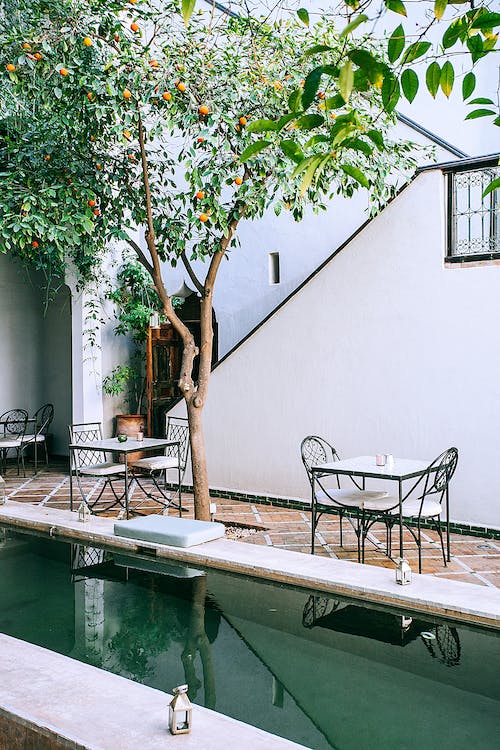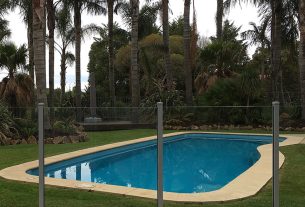How to Fix a Concrete Pool Crack?
The concrete pool is incredibly sturdy. However, it occasionally cracks. Why does concrete crack, and how to detect and repair cracks?
The origins of a cracked concrete pool.
The cracking of your concrete pool may be due to movements of the ground or the foundations. The problem can also come from installing your concrete pool structure or from wear and tear of the materials (mainly if the material used needs to be of better quality).To prevent cracks in your concrete pool, ensure from the outset that the specific characteristics of your land have been studied and that the material used is of good quality. Before starting any repairs, call a professional to determine the origins of the crack in your concrete pool. He will advise you on the most appropriate solutions to remedy the problem, and you can be sure that the problem will not recur.
How to detect and repair cracks?
A crack in the pool can sometimes generate water leaks: these can alert you to the presence of a crack. In the case of a water leak, the damage is usually located where the water has settled. Some cracks are not severe and can be repaired by applying a cement mortar, but others require repairs to the entire pool structure. A professional can tell you which solution is best for your situation.
DIY steps.
Several areas may need to be treated before the pool can be lined. Mortar that sets quickly is used to fill holes. Cracks that are inert are patched with joint tape and epoxy glue. Flexible silicone mastic patches, any active damages around the bungs or beneath the coping.
1. Blocking a water inlet.
Rare damage is an external water inlet in the pool when empty! As the pool is built on clay soil, a layer of water passes under the invert and is pressurised by the concrete, passing through it. A pocket of water has formed under the plaster, and the water is seeping through a crack. Open the crack with a grinder equipped with a diamond disc
– Sweep away the dust
– Mix a small quantity of mortar in a clean trough at the rate of four and a half parts of powder to one part of water
– As soon as the mortar starts to harden, take it by hand (with gloves)
– Very quickly, form a bead
– Seal the crack with the bead by pressing and spreading the mortar.
The crack is sealed.
2. Filling cracks.

– Cracks have formed in the pool, at the junction of the bottom flashing or around the skimmers
– Mix three parts of resin and one part of hardener with a rotary mixer at low speed
– Mix for 3 minutes at 600 rpm to obtain a homogeneous paste- Apply a layer of glue, spread with a spatula
– Lay the sealing strip by applying it to the glue
– Anchor the strip to the glue by tamping it with a joint Wallpaper roller
– If necessary, glue two strips side by side with the glue. If necessary, stick two strips side by side
– Peel off the red adhesive strip
– Cover the sealing strip with a 1 mm thick layer of glue, overlapping by 2 cm on each side
– Smooth the glue on the edges to avoid excess thickness.
3. Sealing small gaps.
– The joints under the coping or around the discharge nozzles require
Seal around the filter bungs
– Place a bead of Sikasil
-Pool sealant under the coping
– Smooth with a finger moistened with soapy water.
4. Now, all you have to do is apply a coating to finish off the pool and reinforce its waterproofing.
Looking for more information? Find the correct address at leakinc. Contact them, and don’t forget to share your experience with us.
Read more:



